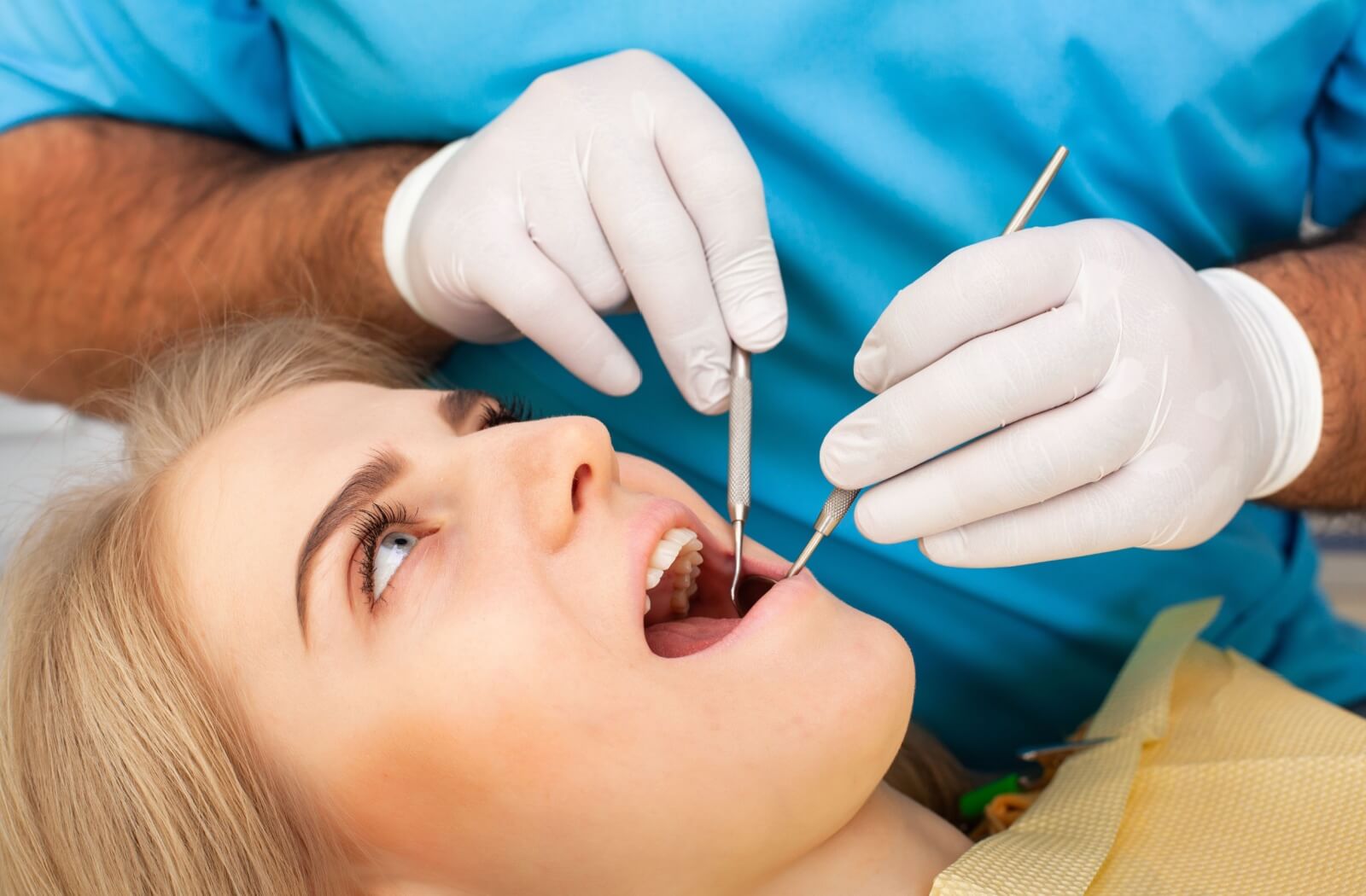
Wisdom teeth, or third molars, often need to be removed due to overcrowding, pain, or improper alignment. Although a standard procedure, wisdom teeth removal can be tough on the body and requires adhering to a proper aftercare routine—especially with diet.
Soft, nutritious foods are best after wisdom teeth removal to promote healing and minimize discomfort. Soft foods are gentle on the surgical sites, reducing the risk of irritation or infection while ensuring the healing process is not disrupted.
What Is Wisdom Teeth Removal?
Wisdom teeth removal is a common dental procedure that involves extracting one or more of the four wisdom teeth—the third set of molars that typically emerge in late adolescence or early adulthood. Surgical intervention is often necessary when these teeth do not have enough room to grow properly, leading to impaction, pain, infection, or other dental issues.
During the procedure, a dentist or oral surgeon will make an incision in the gum tissue to expose the tooth and bone, remove any bone that blocks access to the tooth root, and then extract the tooth itself. The site may then be stitched up to facilitate healing, and gauze is placed over the wound to aid in blood clot formation and protect the area.
What to Expect After Wisdom Teeth Removal
After the procedure, recovery usually takes 4–7 days, although more complex cases may require up to two weeks. You may experience swelling, discomfort, or difficulty eating during this time. Following your dentist’s instructions is crucial for proper healing, including guidance on diet and oral hygiene.
What to Eat After Wisdom Teeth Removal
Choosing the right foods is essential for promoting healing and avoiding irritation at the surgical site. Stick to soft, easy-to-chew options like:
- Blended Soups and Broths: Nutrient-rich and easy to consume, options like chicken broth or blended vegetable soup provide hydration and essential vitamins. Ensure they are lukewarm to avoid irritating sensitive areas.
- Mashed Fruits: Applesauce or mashed bananas are gentle on your mouth and packed with nutrients to aid recovery. Avoid acidic fruits that can irritate the gums and surgurical site.
- Soft Proteins: Scrambled eggs are an excellent source of protein and easy to eat. Their soft texture makes them a great option for the early days of recovery.
- Smoothies: Blended drinks made with yogurt, milk, or plant-based alternatives combined with fruits like berries or bananas are filling and nutrient-dense. Do not use straws, as the suction can disrupt healing.
Focus on incorporating foods that can provide essential hydration, vitamins, and protein while ensuring the healing process is not disrupted.
Foods to Avoid During Recovery
Some foods can disrupt the healing process. It is important to avoid eating foods that can irritate, are acidic, are seed-like, or hard. Extra injury to the mouth when your body is still recovering can cause an increased risk of infection or permanent damage.
It is best to avoid:
- Crunchy or hard foods like chips, nuts, and raw vegetables that can dislodge blood clots and irritate the surgical site.
- Sticky foods such as chewing gum and sticky candies that could contaminate or stick to the surgical area.
- Spicy foods that can irritate your gums and cause discomfort.
- Alcohol, as it can interfere with the healing process.
- Grains and seeds like rice or sesame that can get trapped in the extraction site.
You want to create the best environment possible to promote healing. Any interference to your healing process can result in premature dislodging of the blood clots or permanent damage to your mouth.

How to Maintain Oral Hygiene After Surgery
Good oral hygiene is crucial during recovery but requires modifications to help protect the surgical site.
After surgery, you should:
- Brush Gently: Avoid the extraction area for the first 24 hours. Use a soft-bristled toothbrush to clean the surrounding teeth gently.
- Rinse with Care: To keep the area clean, use a saltwater rinse as recommended by your dentist. Avoid vigorous swishing.
- Avoid Flossing Near the Site: Be cautious to prevent irritation or dislodging the clot.
Maintaining a clean mouth after wisdom teeth extraction prevents infections and promotes faster healing by keeping harmful bacteria away from your vulnerable surgical site. Engage in gentle modifications to maintain a healthy mouth and smile.
What Is Dry Socket & How Is It Prevented?
A dry socket is a painful condition that occurs when the blood clot at the extraction site becomes dislodged, exposing the bone and nerves. To help prevent dry socket:
- Refrain from using straws for the first week or longer, depending on your dentist’s recommendation.
- Avoid spitting forcefully or swishing liquids vigorously in your mouth.
- Stick to the soft food recommendations provided by your dentist.
If you suspect dry socket or experience severe pain, it is best to contact your dentist. Timely intervention can prevent infection and discomfort.
Transitioning Back to Normal Foods
As healing progresses, you can gradually reintroduce more solid foods into your diet. Start with softer options like pasta, cooked vegetables, and tender fish before transitioning to firmer foods.
Your dentist will advise you on when it’s safe to resume a regular diet. Follow-up appointments help make sure your recovery is on track and provides additional guidance on maintaining your oral health.
How Generations Dental Can Help
A proper diet plays a vital role in the recovery process after wisdom teeth removal. You can reduce discomfort and promote faster recovery by choosing soft, nutritious foods and avoiding items that could disrupt healing.
Generations Dental offers comprehensive care, from wisdom teeth removal to post-procedure support. We’re here to support you throughout your recovery journey. Schedule your consultation today and take the next step toward maintaining oral health after wisdom teeth removal.